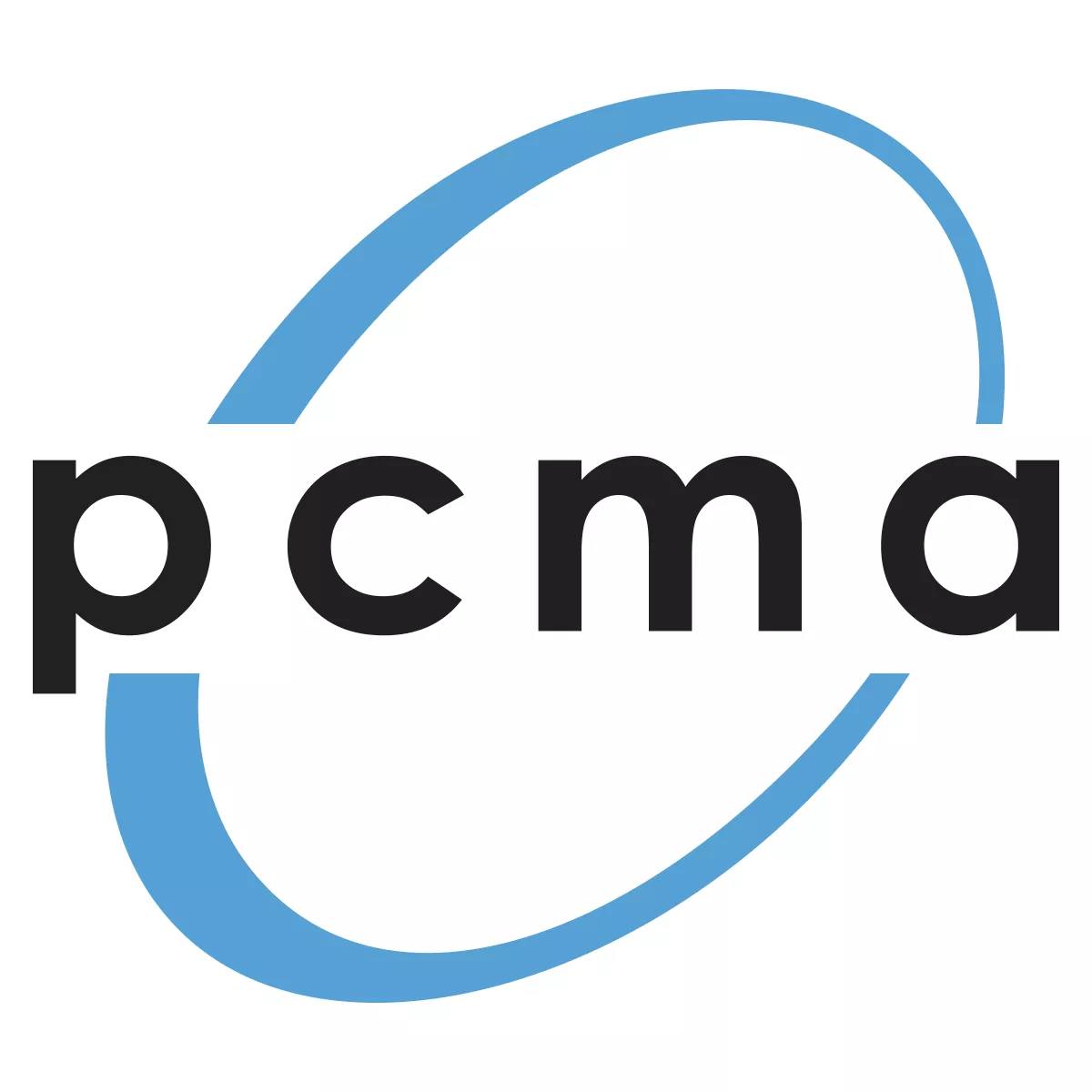From Click to Conversion: Google Ads Best Practices for DMOs
Learn how to make every marketing dollar count with smarter, more effective Google Ads campaigns.
Google Ads has become one of the most powerful and widely used digital advertising platforms, offering destination organizations of all sizes the ability to reach prospective travelers with precision and measurable results.
However, many DMOs struggle to leverage the platform’s full potential. Common mistakes can lead to wasted budgets and missed opportunities to attract visitors. These failures can result in significant financial loss and decreased visibility in key travel markets.
With more than 15 years of hands-on experience managing Google Ads campaigns for DMOs, Tempest has learned exactly what drives results... and what doesn't. Keep reading to discover common pitfalls and how to get the most out of your Google Ads investment.

Pre-Launch Planning & Campaign Building
Some of the most common and costly mistakes in using Google Ads occur during the pre-launch planning and campaign-building phase.
Many organizations dive in without a clear strategy, rushing to build campaigns without thoroughly researching their target audience, keywords, or competitive landscape. This often results in poorly structured account setups, vague ad groups, and irrelevant or overly broad keywords that burn through budgets with little return. Without a strong foundation, even the most compelling ads will struggle to drive meaningful results.
Common mistakes:
- No preset goals or clear key performance indicators that will help you meet your objectives.
- TIP: Always set your goals and figure out how you are going to measure them at the onset. These goals will inform everything else you do, from campaign settings to ad copy. For instance, set goals like increasing partner referrals by 10%, or increased meeting planner guide requests by 25% YoY.
- Incorrect bidding strategies, such as setting your campaign for traffic generation when you actually want to drive more newsletter signups.
- TIP: Make sure your goals align with your bidding strategy. If you want to drive conversions like partner referrals or newsletter signups, make sure you are using a ‘maximize conversions’ bidding strategy, for instance.
- Location settings that are too broad, such as targeting the Los Angeles DMA, with the default ‘Presence or Interest’ setting. After a week of running ads, you see in Google Analytics that your ads not only ran in Los Angeles, but also in Spain, resulting in poor engagement and underqualified traffic.
- TIP: Always use the ‘Presence’ setting so that the platform only shows your ads in the specific city/region/country that your audience resides in.

- Daily budget that is too low, resulting in ads shutting down early in the day.
- TIP: In the status column of the campaign view in Google Ads, it will recommend a daily budget if your ads are going offline early in the day. Adjust as data pours in.

- Poor campaign structure, such as one search campaign with both leisure and meetings ad groups and ads.
- TIP: Your campaigns should have a singular objective, and ad groups (or asset groups) and associated keywords should be thematically grouped. This makes for better ad strength and targeting, while also helping with organization and management of these campaigns.
- Allowing Google to automatically create assets from your landing pages, resulting in poorly constructed ads and landing pages that don’t align with user intent.
- TIP: This feature allows Google to use the content from your landing pages and ads to customize its own ads. Always opt out of this, and use only assets you provide. The more control you have, the better off you are.
- Relying too heavily on AI-generated headlines and ad copy.
- TIP: In general, don’t use AI to fully manage every process in your campaign build. It should augment — not replace — your strategies and tactics. Always proofread AI suggestions, and look at the ad preview before launching.
- Not sending traffic to the appropriate landing page.
- TIP: Make sure the landing page you’re sending traffic to deliver on the promise your ads are highlighting. You only have one chance to make a first impression. Make sure the user experience is optimal, and that the page delivers the information that your audience is looking for. Don’t, for instance, send ‘things to do’ searchers to the homepage. Send them to your Things to Do page.
- Not setting up proper conversion tracking. If you don’t set your conversion goals correctly, you will not know how effective your campaigns are at driving the actions that matter most to you. Google will also not know how to effectively bid for the traffic you want without these conversions tracking properly.
- TIP: Configure Google Ads conversion tags for every form or click event (like a partner referral) via Google Tag Manager. It is also recommended to set up enhanced conversions, which will improve the accuracy of your conversion measurement in the current privacy safe world.
Ongoing Optimization
Many destinations falter when it comes to ongoing optimization of their Google Ads campaigns, often adopting a “set it and forget it” mentality. This approach ignores the dynamic nature of digital advertising, where audience behavior, competition, and platform algorithms constantly evolve. Continuous optimization isn’t optional; it’s essential for maintaining relevance, improving performance, and maximizing every marketing dollar.
Common mistakes:
- Not creating a negative keywords list in SEARCH.
- TIP: Frequently look at the ‘search terms’ report within Google Ads and see the queries that are triggering your ads. If you see queries that aren’t relevant to what you’re trying to promote, add them as ‘negative’ keywords. This will prevent them from triggering your ads going forward. This is the #1 optimization activity that this marketer does.
- Not excluding certain placements in PMAX or DISPLAY.
- TIP: If you have Performance Max (PMAX) or Display campaigns running, you can exclude your ads from showing in certain environments that typically drive poor traffic, like Apps and Games. You can do this by going to ‘Content’ (under the ‘Audiences, keywords and content’ section on the left panel of the Google Ads interface), then adding Placement exclusions by category ( as seen below).

- Not improving ad strength by using keywords in the headlines.
- TIP: By adding the keywords in your ad groups or asset groups to the headlines in your ads, that signifies to Google that your ad is relevant and it will reward you with a stronger ad strength.
- Not analyzing Google audience data.
- TIP: For search campaigns, it’s recommended to create audience segments and set it to ‘Observation’ only. You don’t want to narrow your audience, but instead observe the pre-built Google audiences that are showing the best performance, then make higher bid adjustments for the audience that show the best results. For display/performance max, you want to create these audiences as ‘Targeting’ so as to focus on specific audiences you want to reach.

- Saying ‘yes’ to every Google recommendation.
- TIP: Not all recommendations will be relevant to your account/campaign, and some may actually be detrimental to your performance. Carefully pick and choose the recommendations that best fit your needs. If, for instance, Google is recommending you add a call only ad or a phone extension, but you don’t want to drive calls, you can dismiss it.
Potential Pitfalls
Poor decisions on the Google Ads platform can be incredibly costly, both strategically and financially. Every misstep in Google Ads — whether it's targeting the wrong audience, bidding on ineffective keywords, or running irrelevant ads — directly translates into wasted budget. Beyond the financial hit, these missteps can damage your brand/destination visibility, reduce trust with stakeholders, and squander valuable opportunities to connect with potential travelers.
- Unqualified traffic: low quality traffic could include traffic from non-targeted locations or from queries that aren’t relevant.
- Little to no website engagement/low engagement rate: if the user wasn’t engaged with the content, it likely didn’t provide any usefulness to them. Make sure the content is relevant, useful, and timely.
- Bad user experience: make sure the user is able to find the information they are looking for.
- Bad brand experience: this might be a user’s first impression of your destination. Make it a good one.
- Low conversion rates: did the traffic drive the conversions that matter most to you?
- Wasted budget: no money for the traffic that matters!
Why Tempest is Your Ideal Partner
At Tempest, we’ve spent over 15 years helping destinations manage and grow their brands through Google Ads. What sets us apart is our commitment to transparency and partnership. You’ll always know where your dollars are going, with previews, placements, and full end-to-end reporting included.
Let’s connect and build something meaningful together — for your destination and the people who power it.
Explore Our Services
At Tempest, we define growth as a broad, data-driven approach focused on ensuring visitors connect with your at every stage of the travel planning process.
The Tempest web development team are digital craftspeople building destination websites that set the benchmark for the industry.
Additional Insights

What Destination Website Performance Taught Us in Q1 2025: Organic Trends, AI Impact, and the Road Ahead

Maximizing Marketing Impact With Co-Op Campaigns

Top Paid Media Strategies for Destination Marketing in 2025














